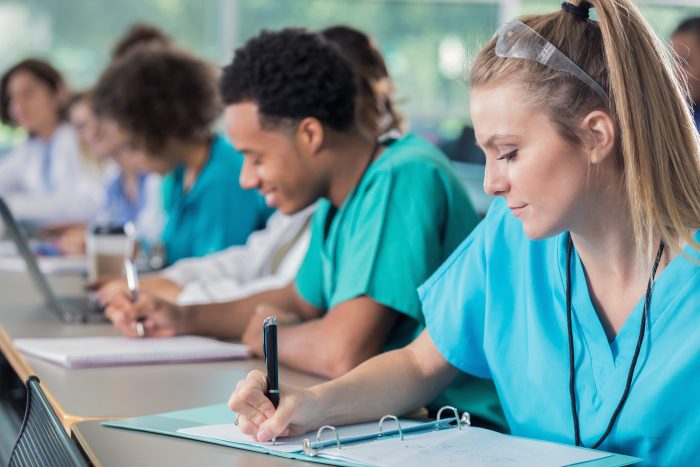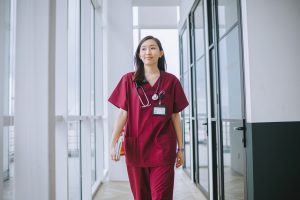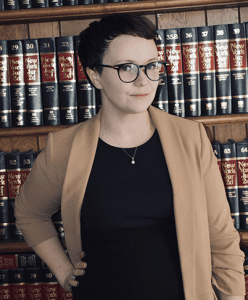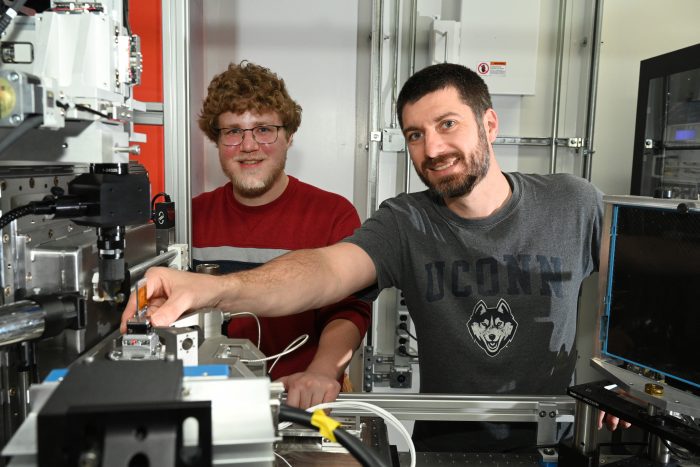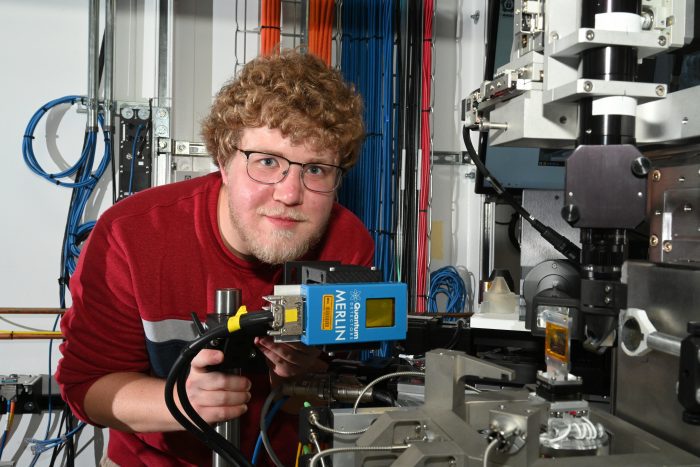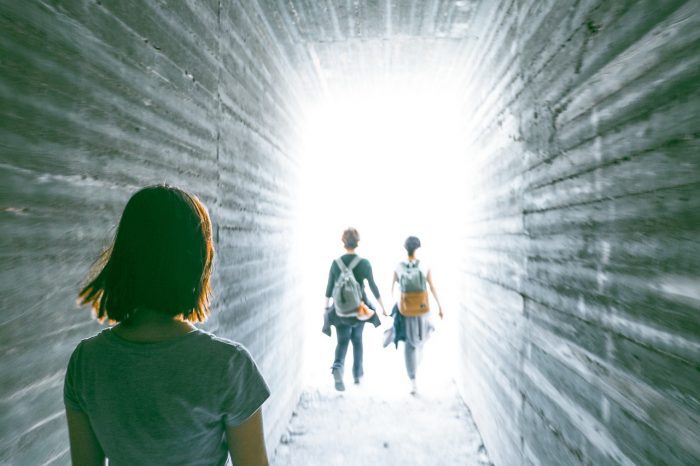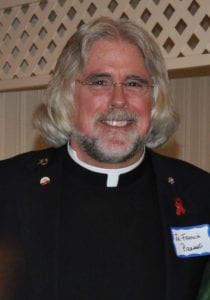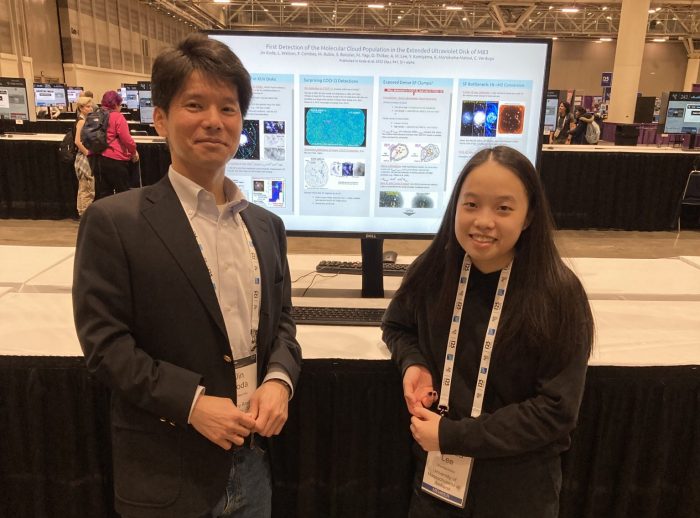By David Dunaief, M.D.

What does it take to get us out of our seats? We know that exercise is good for our long-term physical and mental health, but it’s still elusive for many of us. It’s just too tempting to let the next episode of our new favorite series autoplay or to answer those last few emails.
Many of us tried to get out of gym class as kids and, as adults, we “want” to exercise, but we “don’t have time.” I once heard that the couch is as bad as the worst deep-fried food; it perpetuates inactivity. Even sleeping burns more calories than sitting and watching TV.
I have good news. There is an easy way to get tremendous benefit in very little time. You don’t need expensive equipment, and you don’t have to join a gym. You can even sharpen your wits — with your feet.
The New York Times’ Science Times carried an article a few years ago about Esther Tuttle. At the time, Esther was 99 years old, sharp as a tack and was independently mobile, with no mobility aids required. She continued to stay active by walking in the morning for 30 minutes and then walking again in the afternoon. The skeptic might say that this is a nice story, but its value is anecdotal at best.
Well, evidence-based medicine backs up her claim that walking is a rudimentary and simple way to get exercise that shows incredible benefits. One mile of walking a day will help keep the doctor away. For the step-counters among you, that’s about 2,000 steps a day for an adult with an average stride length.
Does walking improve brain function?
Walking also has a powerful effect on preserving brain function and even growing certain areas of the brain (1). Walking between six and nine miles a week, or just one mile a day, reduced the risk of cognitive impairment over 13 years and actually increased the amount of gray matter tissue in the brain over nine years. Whoa!
Participants who had an increase in brain tissue volume also had a substantially reduced risk of developing cognitive impairment. Interestingly, the parts of the brain that grew included the hippocampus, involved with memory, and the frontal cortex, involved with short-term memory and executive decision making. There were 299 participants who were dementia free at the start of the trial. The mean participant age was 78. Imagine if you started younger?
In yet another study, moderate exercise reduced the risk of mild cognitive impairment with exercise begun in mid-to-late life (2).
Even better news is that, if you’re pressed for time or if you’re building up your stamina, you can split a mile into two half-mile increments. How long does it take you to walk a half-mile? You’ll be surprised at how much better you will feel — and how much sharper your thinking is.
How does walking affect mood?
Researchers performed a meta-analysis of other studies related to the relationship between exercise and depression. They found that adults who walked briskly for about 75 minutes per week cut their risk of depression by 18 percent (3). That’s only half of what the Centers for Disease Control recommend.
If you ratchet up your exercise to running, a study showed that mood also improves, mollifying anger (4). The act of running actually increases your serotonin levels, a hormone that, when low, can make people agitated or angry. So, exercise may actually help you get your aggressions out.
How do I reset my sitting ‘habit?’
A particular challenge I hear these days is that working from home reduces much of the opportunity to walk. There’s less walking down the hall to a meeting or to refill your water bottle. Instead, everything is only a few steps away. It’s as if our work environment is actually working against us.
If you need a little help getting motivated, here is a terrific strategy to get you off the couch or away from your computer: set an alarm for specific points throughout your day and use that as a prompt to get up and walk, even if it’s for only 15 minutes. The miles will add up quickly.
A client of my wife’s schedules meetings for no more than 50 minutes, so she can walk a “lap” around her house’s interior between meetings. She also looks for opportunities to have a good old-fashioned phone call, rather than a video call, so she can walk around while she’s talking or listening. Of course, this is one person, but it might give you some ideas that will work for you.
Walking has other benefits as well. We’ve all heard about the importance of doing weight-bearing exercise to prevent osteoporosis and osteoporotic fractures. Sadly, if you don’t use them, bones weaken and break. Walking is a weight-bearing exercise that helps strengthen your joints, bones and muscles.
So, remember, use your feet to keep your mind sharp and yourself even-tempered. Activities like walking will help you keep a positive attitude, preserve your bones and help increase the plasticity of your brain.
References:
(1) Neurology Oct 2010, 75 (16) 1415-1422. (2) Arch Neurol. 2010;67(1):80-86. (3) JAMA Psychiatry 2022. 79(6), 500-559. (4) J Sport Exerc Psychol. 2010 Apr;32(2):253-261.
Dr. David Dunaief is a speaker, author and local lifestyle medicine physician focusing on the integration of medicine, nutrition, fitness and stress management. For further information, visit www.medicalcompassmd.com or consult your personal physician.





